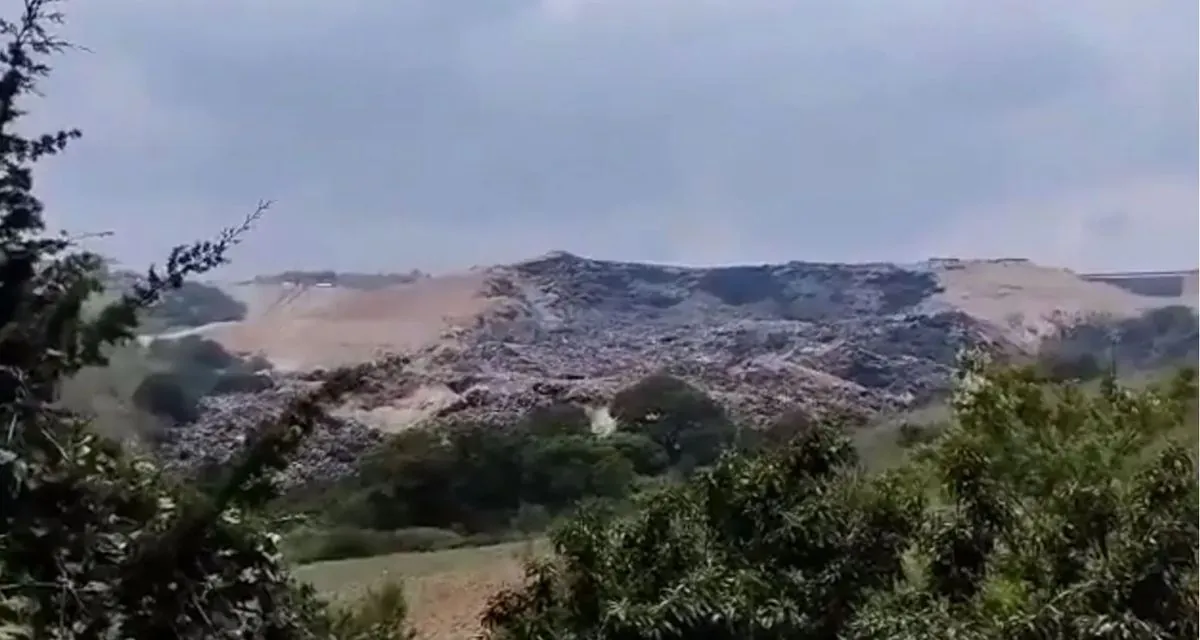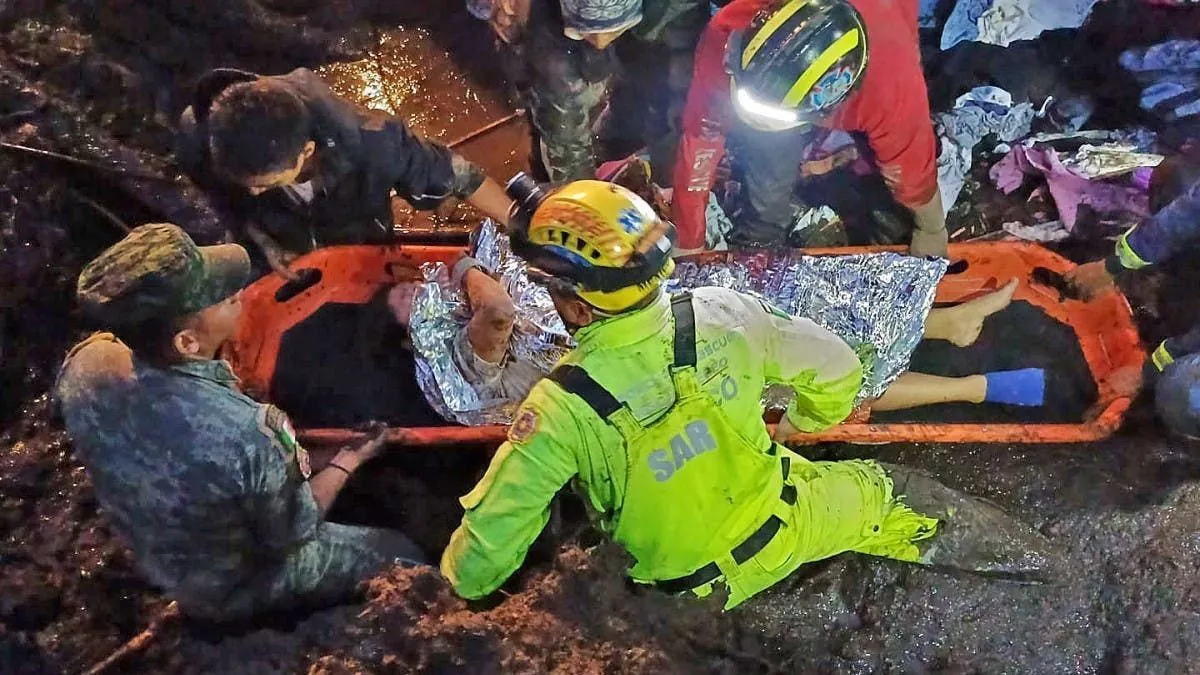Deadly Landslides Strike Near Mexico City Amid Heavy Rains
Multiple landslides near Mexico City have claimed 15 lives in recent days. Heavy rains continue to pose threats, with authorities responding to the crisis and evacuating at-risk areas.

Recent heavy rainfall in the State of Mexico, the most populous state in the country, has triggered a series of deadly landslides, resulting in multiple casualties and significant property damage. The region, known for its mountainous terrain and susceptibility to natural hazards, has been grappling with the consequences of the ongoing rainy season, which began in late July 2024.
On September 16, 2024, a landslide struck Naucalpan, an industrialized area northwest of Mexico City. The incident claimed the lives of six individuals - four men and two women - and left three others injured. Local authorities promptly transported the wounded to a state hospital for treatment. In response to the crisis, Governor Delfina Gómez mobilized rescue teams and security forces to provide support to affected families.
This tragic event followed closely on the heels of another devastating landslide that occurred just two days earlier in Jilotzingo, located west of Mexico City. The September 14 incident resulted in nine fatalities, including a three-month-old infant. Rescue efforts managed to save three individuals: two children aged 10 and 12, and a 34-year-old woman. The severity of the situation prompted authorities to evacuate over 100 residents due to fears of potential further landslides.

The State of Mexico, which surrounds the capital on three sides, has been experiencing a surge in landslides and flooding since the onset of the rainy season. This period typically spans from June to October, bringing with it increased risks for communities in vulnerable areas. The situation is further exacerbated by factors such as deforestation and unplanned urban growth, which have contributed to heightened landslide risks across many parts of Mexico.
In cities like Chalco, which was once a lake drained in the early 20th century, the combination of torrential rains and inadequate infrastructure has led to severe flooding. Residents are facing the grim reality of sewage-contaminated waters invading their homes, streets, and businesses. This crisis highlights the ongoing challenges faced by urban areas in managing water-related issues, particularly given that Mexico City itself is built on the bed of a former lake and is sinking at an alarming rate of up to 30 centimeters per year in some areas.
The recent disasters have put a spotlight on Mexico's National Civil Protection System, which is tasked with responding to such emergencies. As climate change is expected to increase the frequency and intensity of extreme weather events in the region, the need for robust disaster preparedness and response mechanisms becomes ever more critical.
As authorities continue to grapple with the immediate aftermath of these landslides, long-term solutions to address the underlying issues of urban planning, infrastructure development, and environmental conservation remain paramount. The ongoing crisis serves as a stark reminder of the complex interplay between natural hazards, human activity, and the urgent need for sustainable urban development in one of Mexico's most densely populated regions.


































